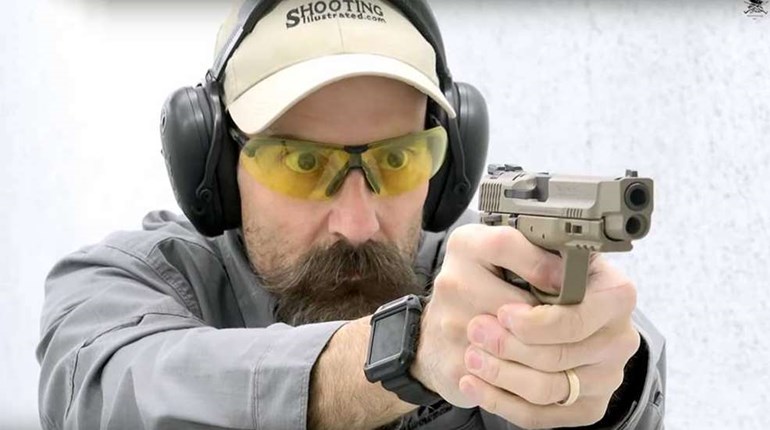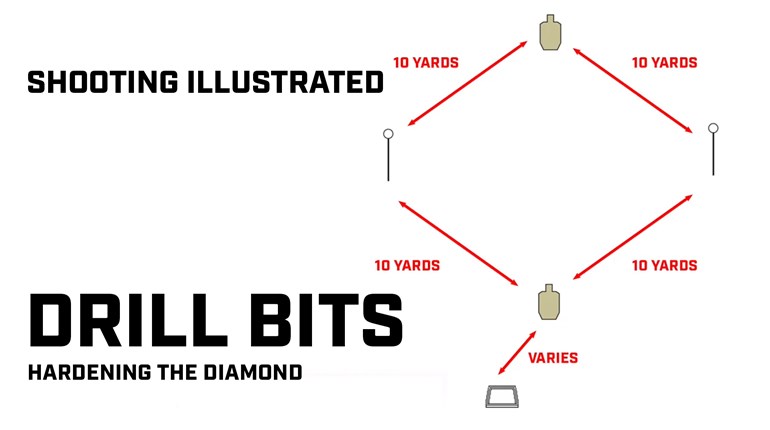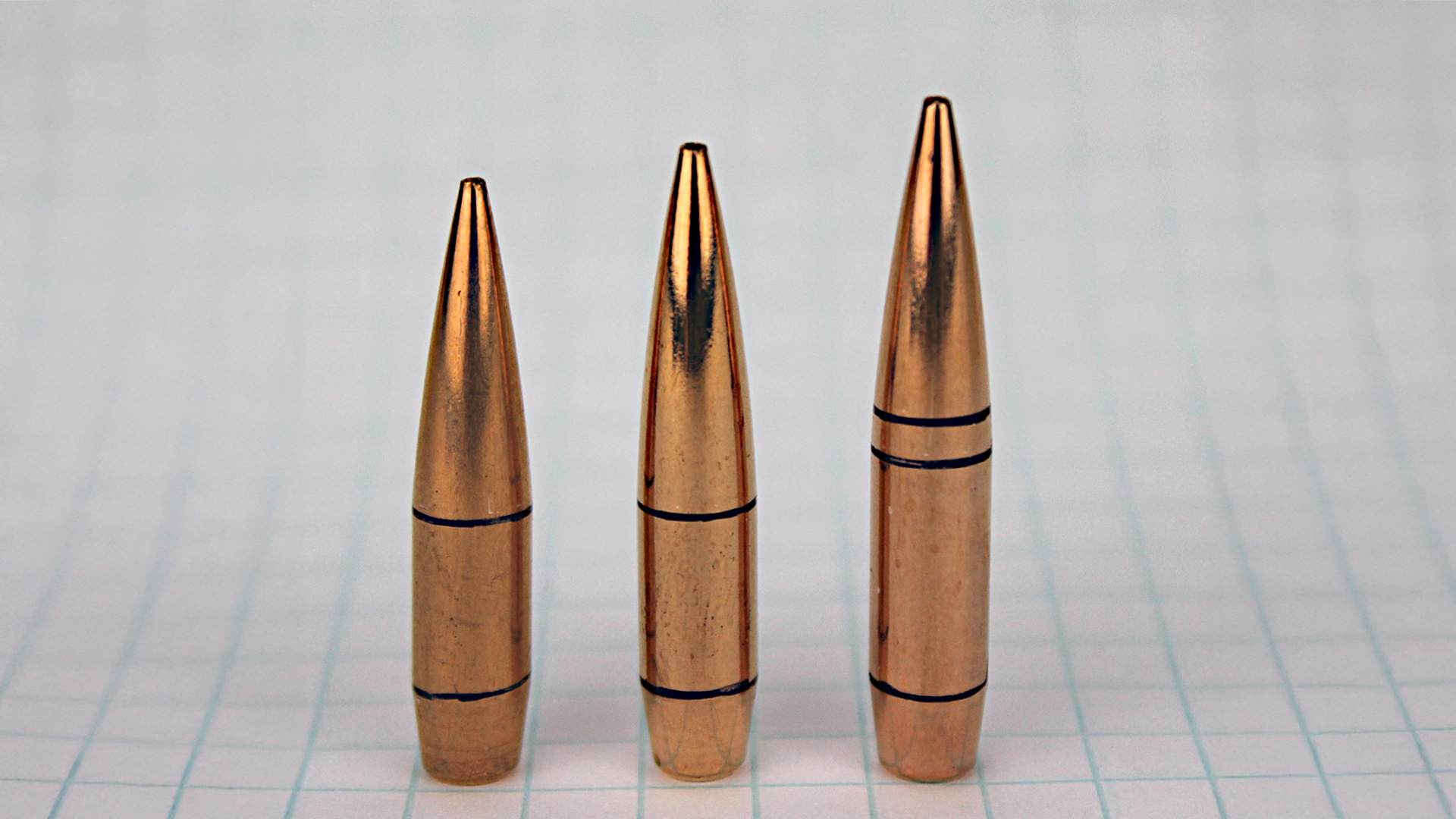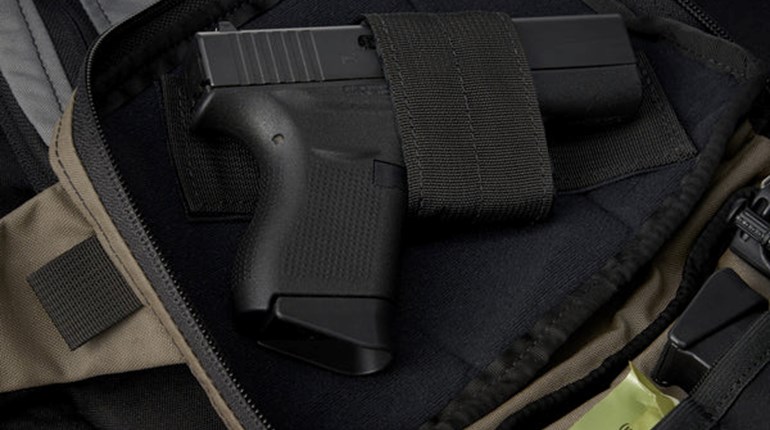
As last year's United States Practical Shooting Association competitive shooting season closed, I made some observations and tips for both competitors and staff. While I spent more time running the chronograph stations, I still worked some stages and helped with set-up at the USPSA Carry Optics match.
CHRONOGRAPH
1. If a competitor states a gun seems to be unsafe to shoot, believe them. We had an Open gun come to chronograph that had some weird issue with the trigger reset. Both the competitor and I tried to get it to malfunction in an unloaded condition and it seemed okay. However, once loaded, the trigger failed to reset after the first shot and I brought it down off the rest to check it; when I tried to apply the safety, it went off in a safe direction. At that point, we declared it to be an unsafe firearm, unloaded it and had the competitor put it away. Hopefully, his gunsmith can figure it out. By the way—the first round went major.
2. There is no understanding why some bullets register through the chronograph and some others do not. Generally, we have some proven methods to darken up the bullets with magic marker to get them to register, but I had a weird case. Again, a competitor had to test two firearms due to a malfunctioning gun. We were using the exact same ammunition through the two guns, but one registered the first three rounds without any issues yet through the second gun, they were very intermittent. We could only get two rounds out of four to register. That makes no sense, but….
3. Make sure your loads make power factor before you come to a major match. A gentleman shooting Pistol Caliber Carbine went sub-minor badly, i.e., 117 power factor, with his gun. His son, shooting ammo from the same manufacturer, was fine. After the squad was done the competitor asked if we would run his ammo through his son’s firearm and it made minor quite easily. Hmmm, shot-out barrel maybe?
4. While the division rules state the maximum weight for a Carry Optics gun is 59 ounces, this is not a contest to see how heavy you can make your Carry Optics gun. After five days of a profusion of 45- to 50-plus-ounce guns, my shoulders were pretty tired. We had one shooter at Area 5 where the gun weighed exactly 59 ounces. When asked why, his answer was a typical USPSA competitor type answer. “Because I can.” I guess when you set a target, you should expect someone to go for it, eh?
5. I am sure while the “make sure your mags fit in the gauge and gun fits in the box” thing had been overdone this year, it does matter. It seems to me if local clubs were more aware of these rules and enforcing them, there would be less culture shock when competitors show up at higher level matches and end up failing the testing. Please remember, the staff’s goal at any match is to ensure you as the competitor have a safe and fair match. It is written right into the Range Officer Creed.
6. When you are loading your three rounds into the magazine, make sure the loose bullet is still in the bag. I think one of the squibs I had at the Carry Optics match was actually the case and bullet we pulled to weigh.
7. Facing downrange when you draw your firearm to put it on the table, scale or box means just that. If you are facing me, unless you have your firearm behind your hip, you are right on or past the 180. Just saying.
8. Finally, Open guns are hard on overhead covers. If you are looking for a “holey” overhead cover, just look up after a squad of Open shooters go through. I need to figure out how to mount a sheet of light metal or something to prevent the lead being spit out of the comps from turning my overhead cover into a starry night display that leaks in the rain.
Article from the March/April 2023 issue of USPSA’s magazine.



































